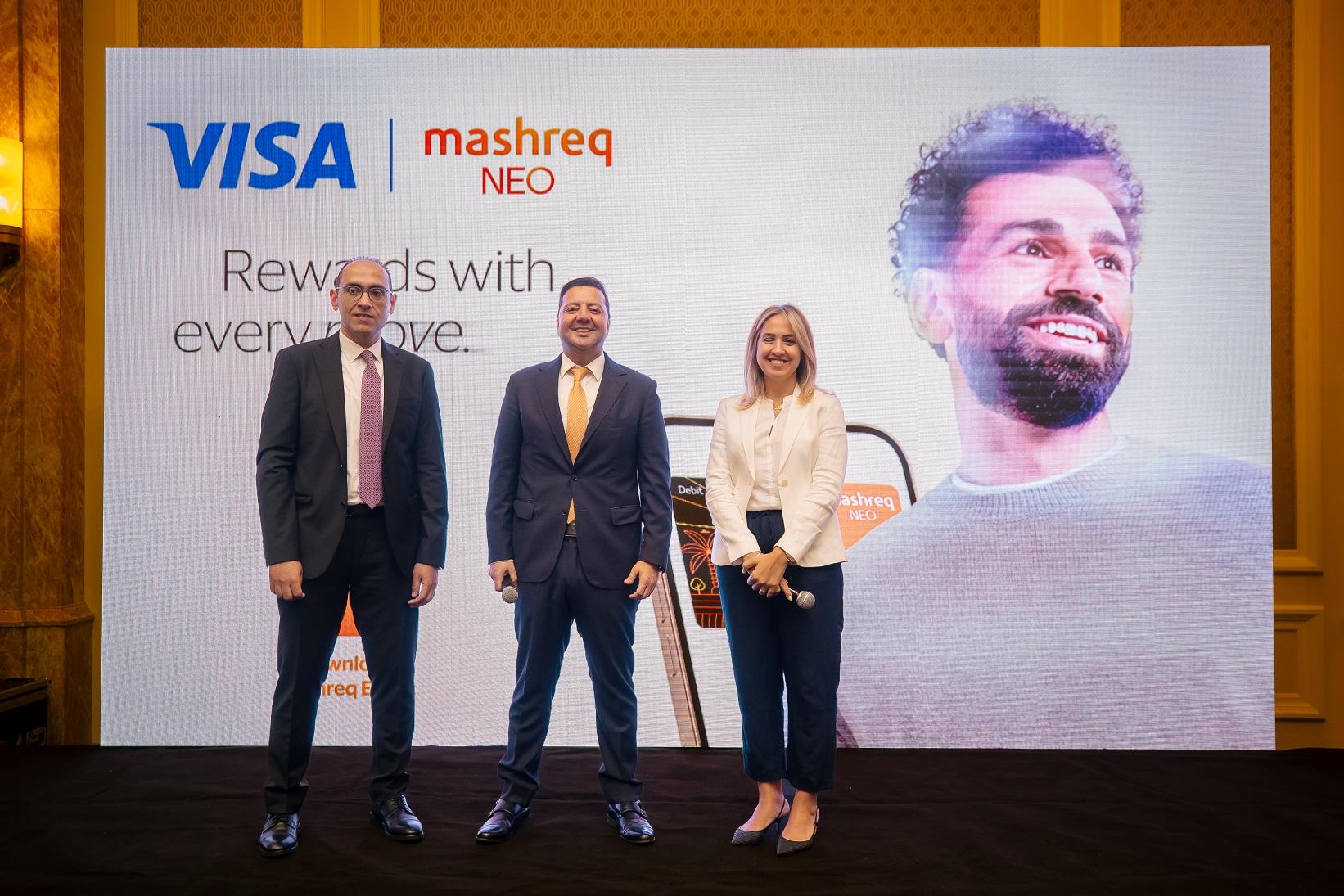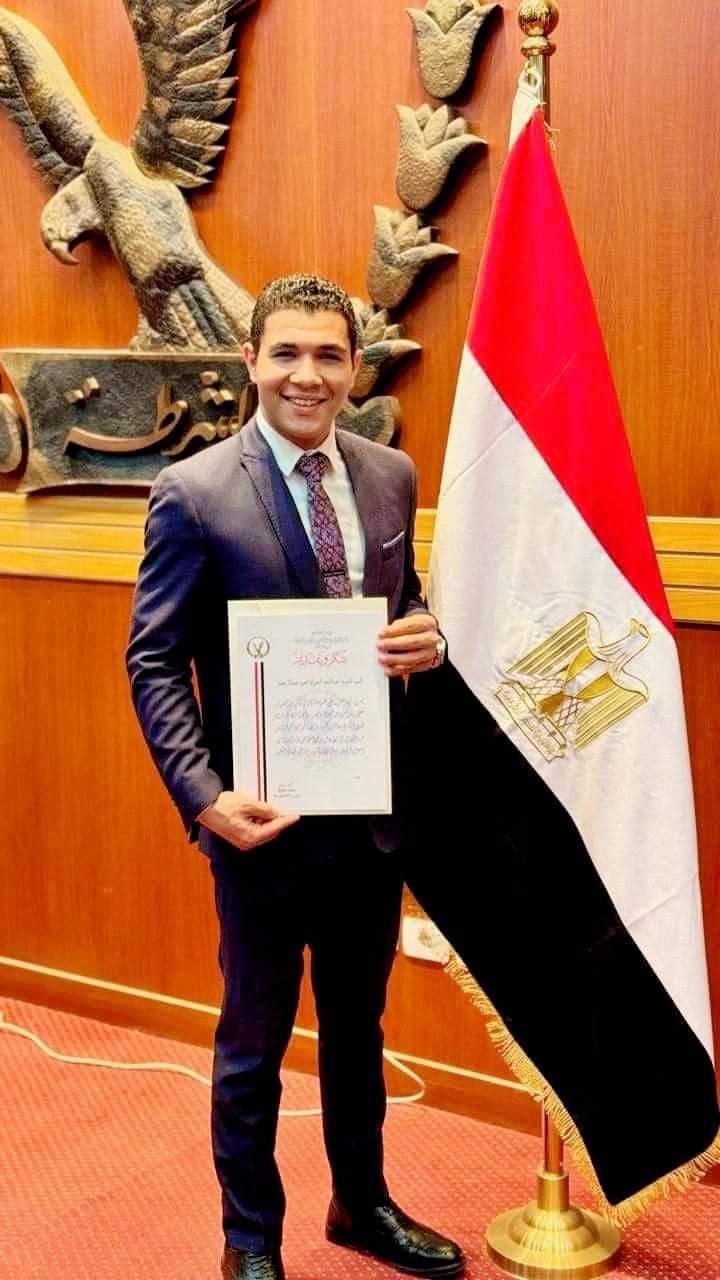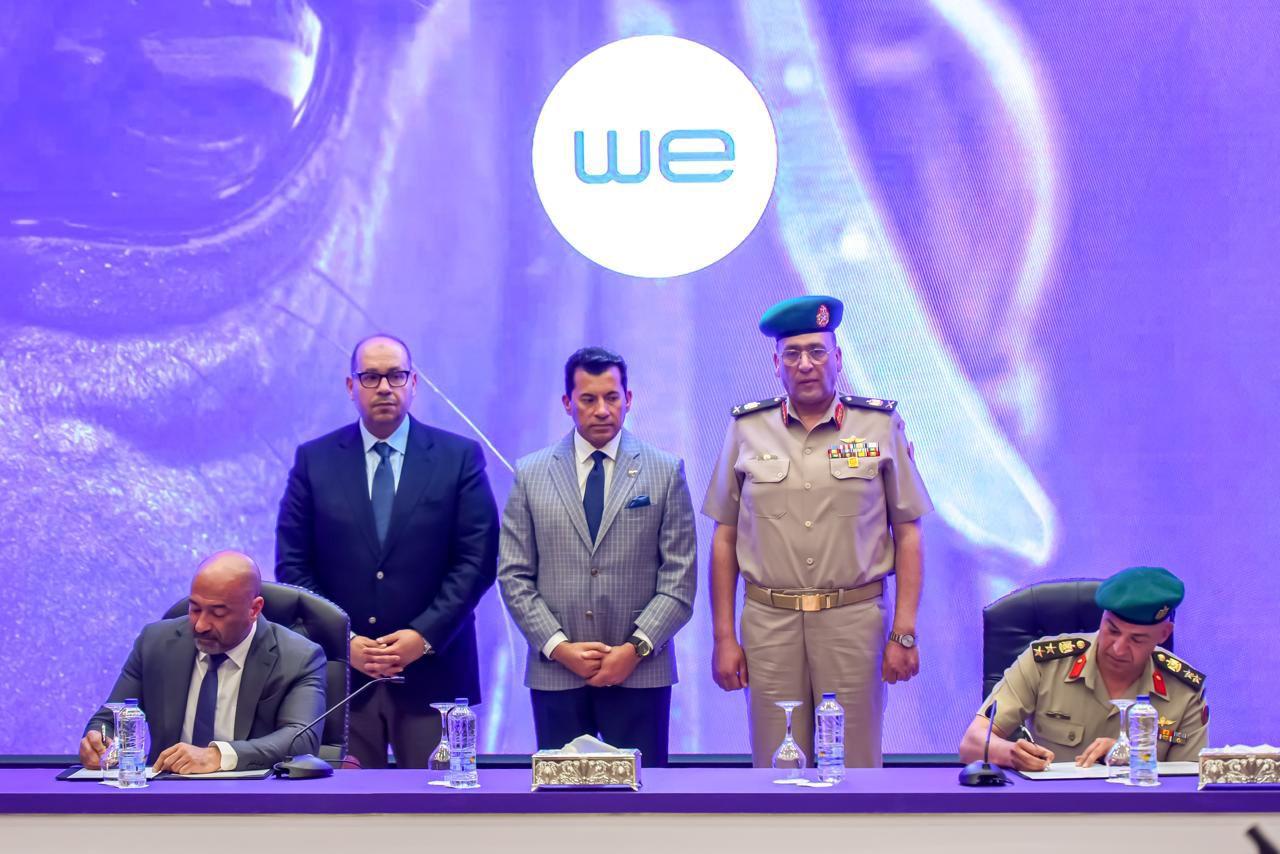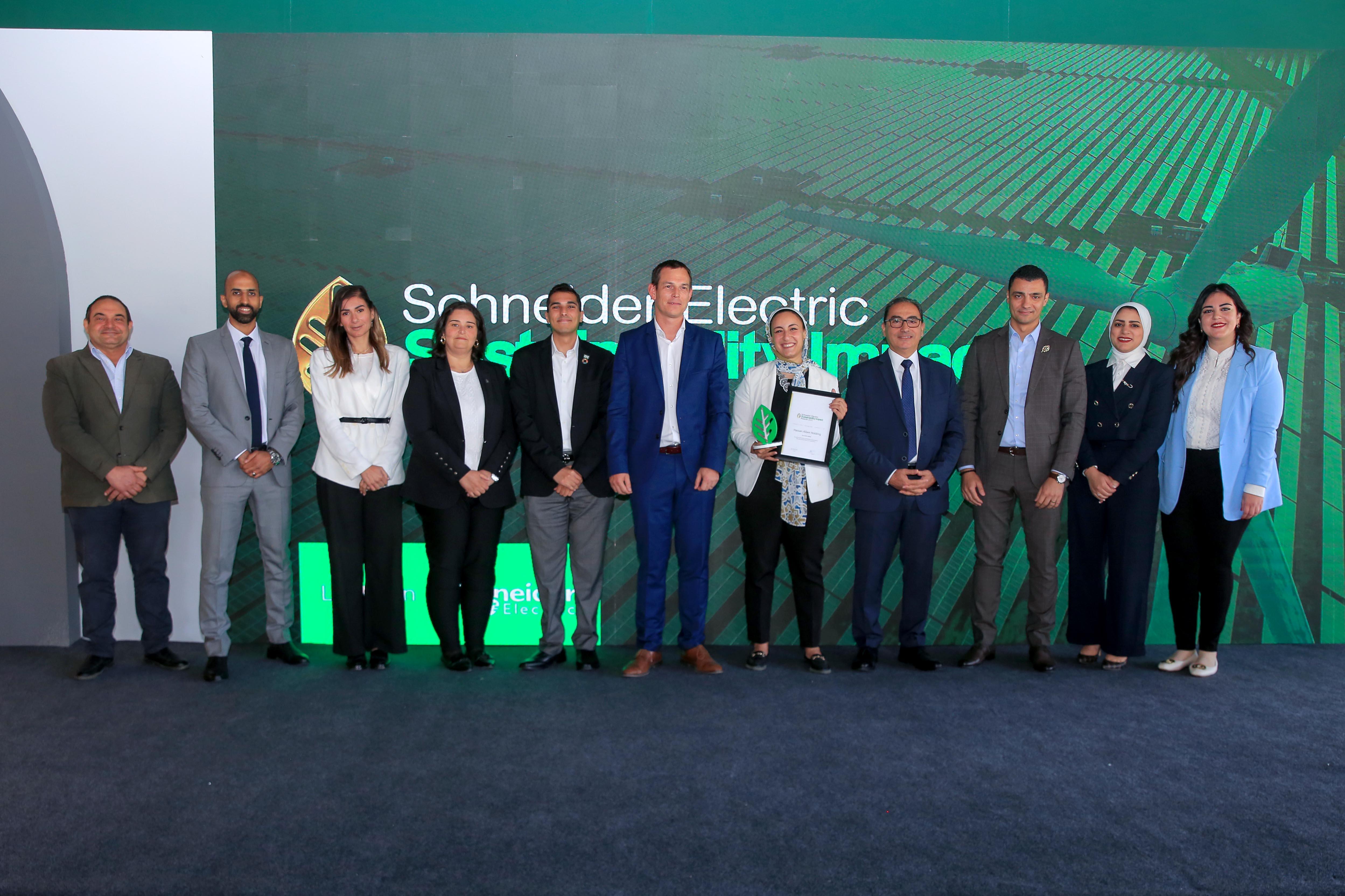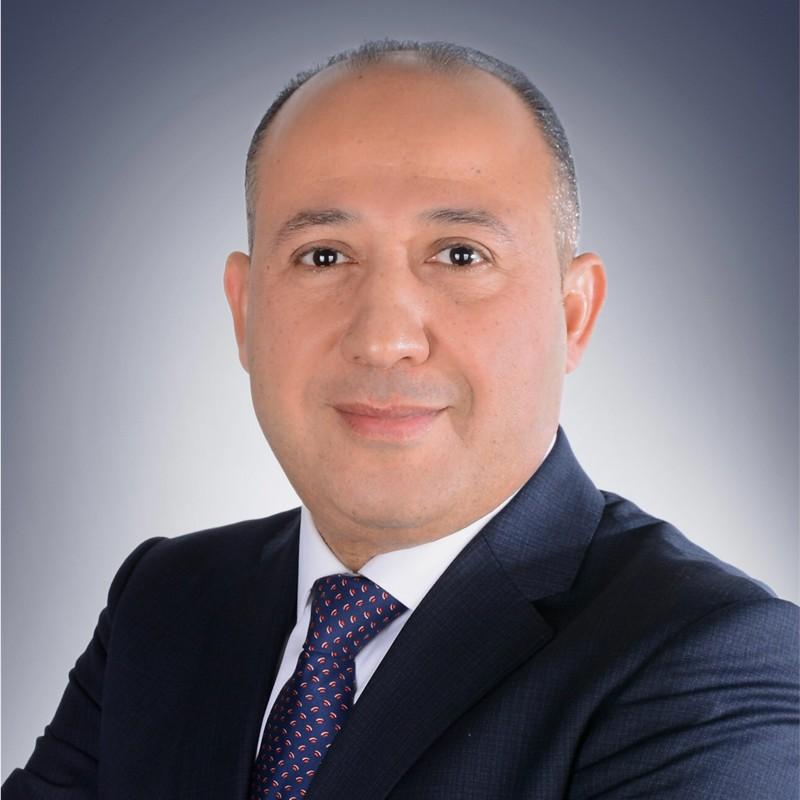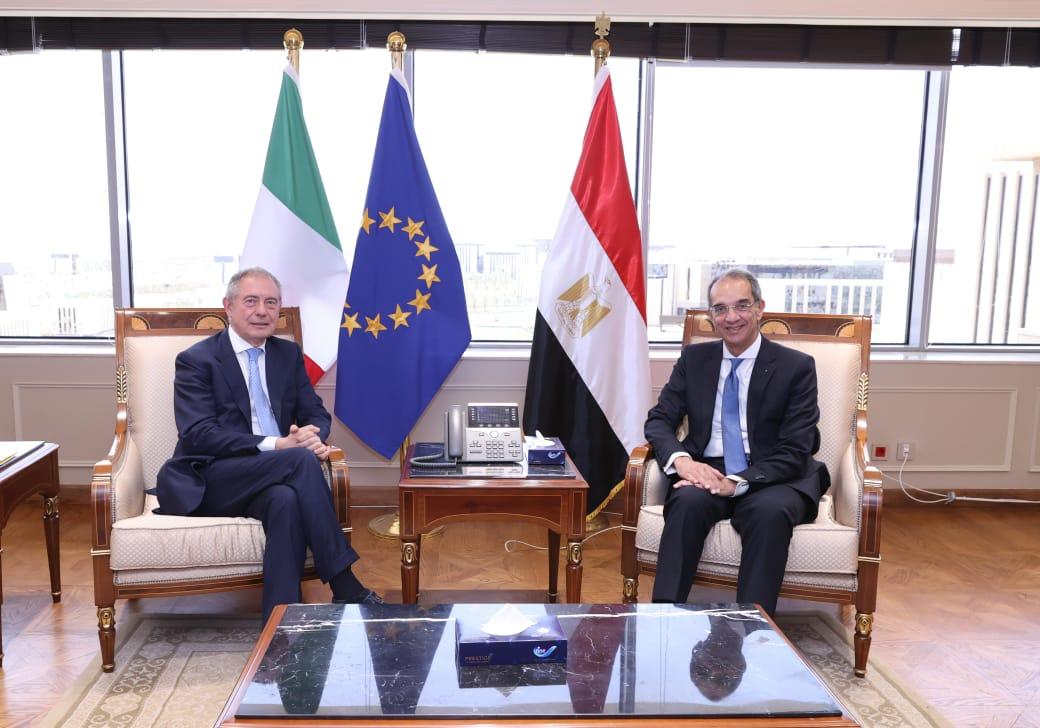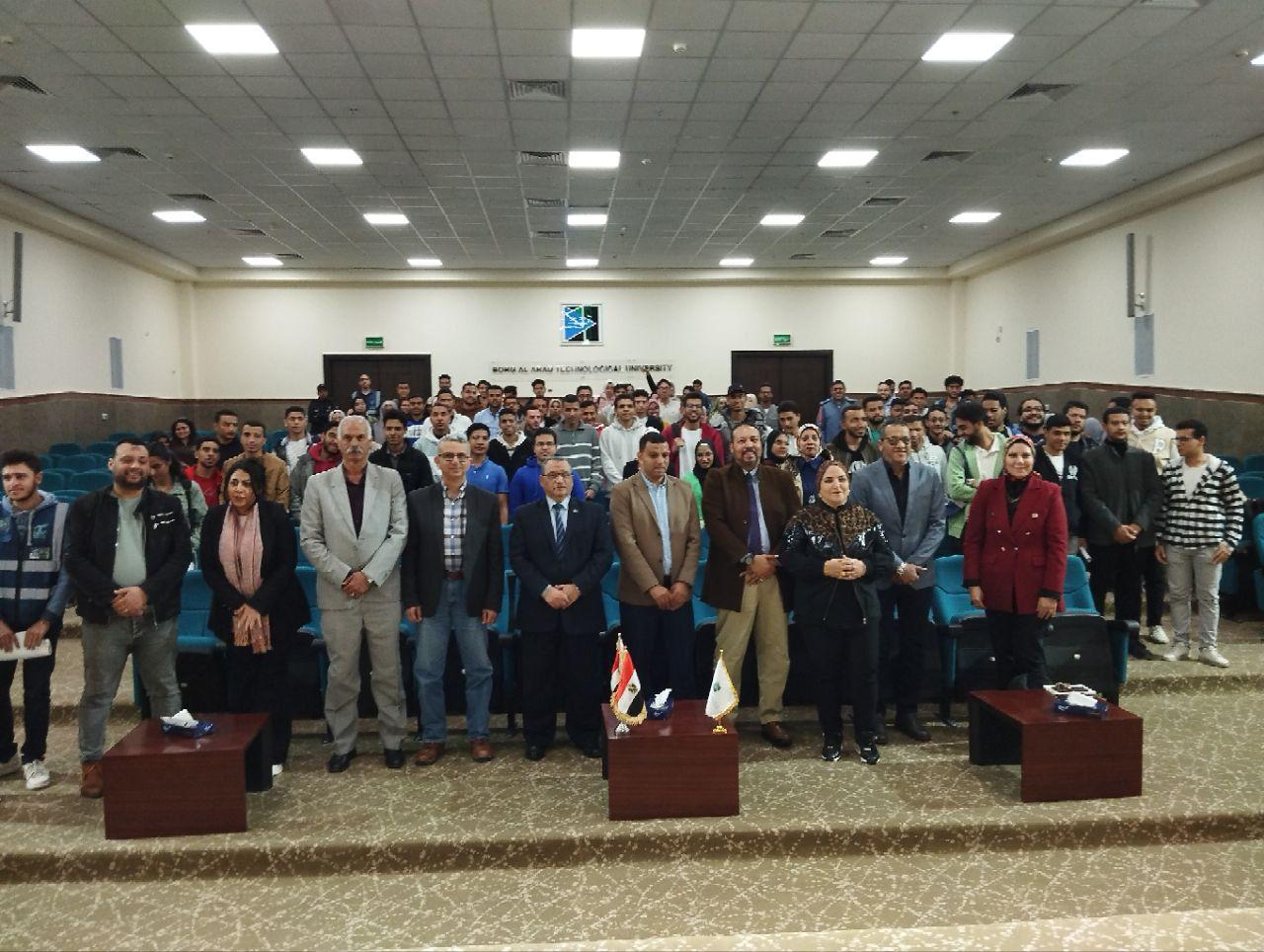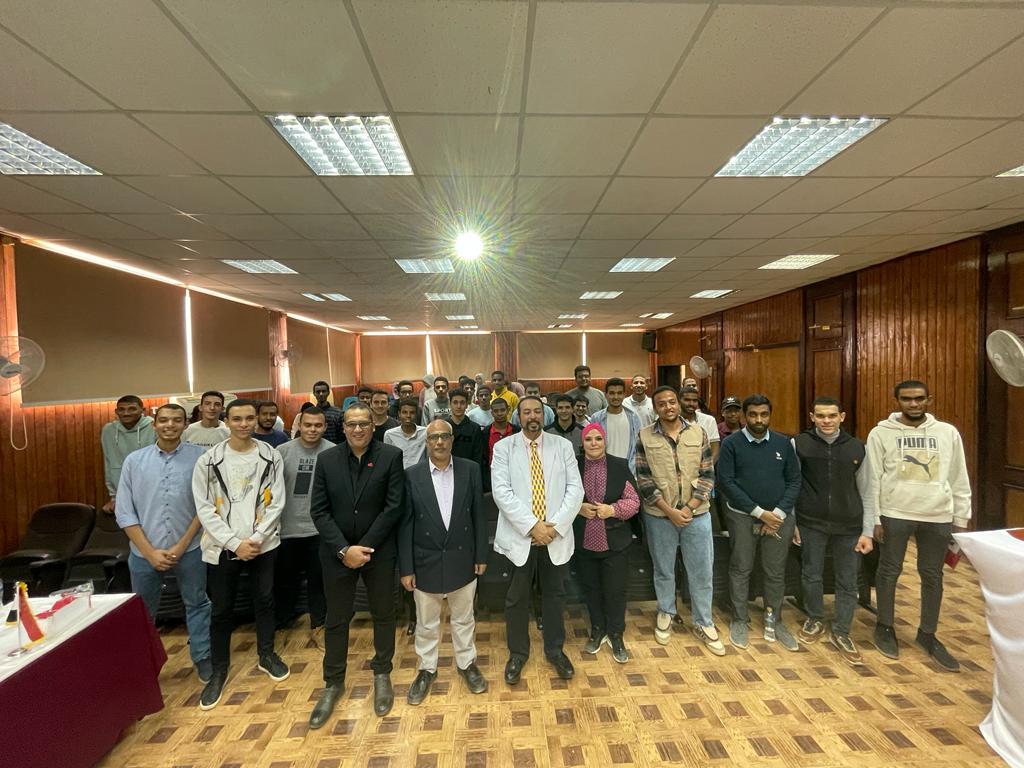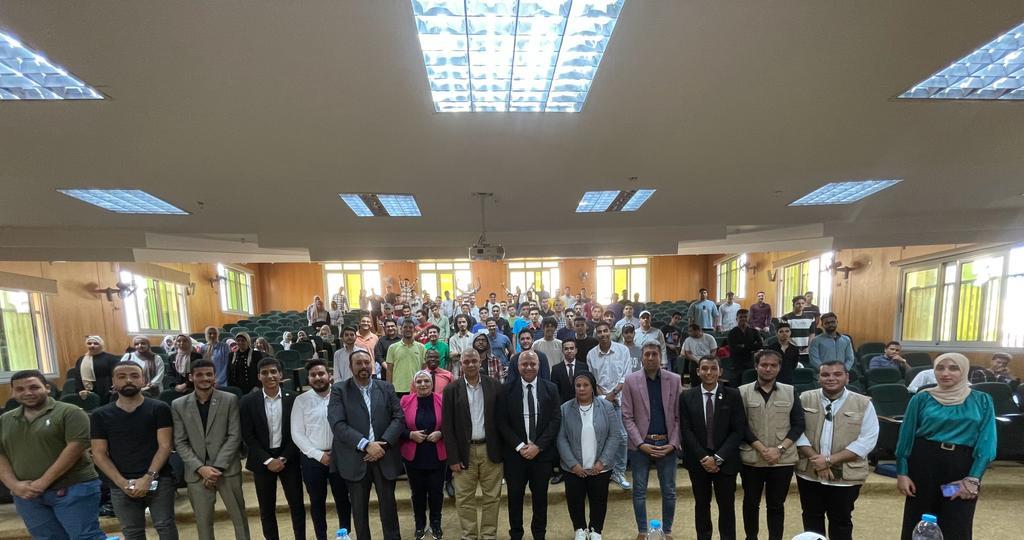By ; Nahla Muqalad
The number of reported infertility cases in the Middle East is considered among the highest in the world. In the GCC, it has been estimated that 6-7 million couples in the 20-40 age group are suffering from infertility.
Figures released by Colliers International showed that the country’s fertility rate has declined by 160 percent from 1960 to 2016.
Dr. Francisco Ruiz, Medical Director, IVI Middle East Fertility Clinic, Muscat, said, “Almost 15-20 per cent of couples regionally have difficulty conceiving naturally. According to industry reports, the number of cases among the local population is even higher since more and more people are now opting to delay having a baby for many reasons. For many couples, consanguinity, Vitamin D deficiency, genetic, social, and environmental factors play the trigger factors of infertility. Sedentary lifestyle also contributes to the rising number of infertility cases.”
The Colliers International Report further noted that fertility rate, or birth per woman, in the Sultanate of Oman was down to 2.7 in 2016 from 7.2 in 1960. The percentage was similar in the Emirates, where the fertility rate declined to 1.7 in 2016 from 4.5 in 1960. Across the MENA region, the infertility level stood at 15 per cent or higher as compared to the global rate of 10 percent, the same study stated.
The World Health Organization (WHO) has defined infertility as a “disease of the reproductive system and results in disability.” Available data shows that over
50 million couples across the world are suffering from different forms of infertility problems, although WHO admits that “global infertility prevalence rates are difficult to determine.”
A report titled ‘The Arab World’s ‘Quiet’ Reproductive Revolution’ has shown that fertility rate across all 17 Arab countries had exceeded the world average, with seven states even recording higher than 7 children per woman, during the 1975-1980 period. It was at that time when the total fertility rates were first recorded in the region. Today, as what the report has stated, only three Arab countries have a fertility rate above three.
The rise in fertility issues has led to an increasing demand for Assisted Reproductive Technology (ART) treatments, including In Vitro Fertilization (IVF). MENA’s IVF business is estimated to be worth USD 1 billion, according to Colliers International.
IVI Middle East offers personalized care and customized treatments using the latest technologies and global protocols. Additionally, these treatments are administered by fertility experts certified by the European Society of Human Reproduction and Embryology (ESHRE).
“Although the incidences of infertility continue to surge in the UAE and the rest of the world, the field of Reproductive Medicine is also rapidly advancing. This provides couples with the hope that they can still realize their dream of having a child, despite the challenges. At IVI Fertility, our patients are given the latest and evidence-based fertility treatments,” Dr. Ruiz concluded.
IVI Middle East Fertility Clinic runs state-of-the-art clinics in Abu Dhabi and Dubai in the UAE and Muscat in Oman and delivers the highest success rate of over 70% in the region.






